As a young girl growing up in the 2000s, the bibliophile in me devoured the Brontes and Jane Austen’s oeuvre, adoring their literary worlds and how those reflected universal experiences of womanhood. Though when I looked for an Australian equivalent, that detailed what it was like to grow up here, I struggled to find these stories. The closest I could find was Nevil Shute’s ‘A Town Like Alice’ (1950), with my Mum giving me a copy over a holiday in Canberra. This story is an amalgamation of two true experiences of World War II, and within it I found an epic romance that I adored. It still amuses me to this day that the British heroine, Jean, upon reuniting with the Australian hero, Joe, realises that they would need at least four beers because he would not be able to confess his love without some degree of intoxication. This felt very close to my own lived experience.
As an adult, I chose to return to ‘A Town Like Alice’. However, upon picking up a copy from the local library, I realised my mother had given me an abridged version. This abridged version that I had read as a child did not include, firstly, any references to sex (Jean and Joe did a bit more then just get drunk upon reuniting), and secondly, the numerous racial slurs that Joe uses when describing Indigenous people. And just like that, the book that I hoped could resemble something of the world I grew up in, fell woefully short.
This dilemma I experienced is indicative of the lack of diverse Australian authors, particularly women. It is an issue that has plagued the publishing industry, with publishers having historically acted as the gatekeepers of what stories are put into bookstores. Even if stories have been published by women, there is a focus on ensuring that they fit into a mould of being about white male protagonists. [1]
Regrettably, this is not an issue that is isolated to the past. The Australian Publishing Industry Workforce Survey conducted this year found that publishers in Australia tend to be White, with less than 10 percent identifying as Asian and only one percent identifying as First Nations. [2] When compared to the average Australian population, which is 12 percent Asian [3] and 3.8 percent First Nations [4], the country’s publishing industry simply does not reflect what Australia actually looks like.
The writing industry is a slight improvement on this, exhibiting a progressive shift towards the increased publication of writers who identify as First Nations and People of Colour. For example, 3.2 percent of the books published in Australia are authored by Indigenous people, which almost precisely corresponds to their distribution within the Australian population. [5] Further, the industry is also conscious of the fact that without further diversification they will lose profit, as there is a hunger in Australia for more diverse writers. [6] Improvements in the diversification of the publishing industry are further indicated through the Stella Count, an annual research project conducted by Stella that considers the frequency that female authors are reviewed in newspapers, magazines and other publications. This year, for the first time since the Stella Count was established in 2012, there has been gender parity between the review of female authors compared to their male counterparts. [7]
Dear reader, this is a situation where you have the power to effectuate change. Institutions like libraries and bookstores know what books we choose to read. [8] It matters what we choose because it ultimately says how we see ourselves as a nation. Australia has so many more stories to tell then just those found in ‘A Town Like Alice’. We will be all the richer for it, in regards to knowledge and empathy for having read them.
Few suggestions on where you could start:
The Mother Wound - Amani Haydar
One Hundred Days - Alice Pung
Emotional Female - Yumiko Kadota
Terra Nullius - Clare G Coleman
[1] Emily Booth and Bhuva Narayan, ‘Behind Closed Gates: The Barriers to Self-Expression and Publication for Australian Young Adult Authors of OwnVoices Fiction’ (2021) 14(2) Edinburgh University Press, 183, 191-192.
[2] International Publishers Association, ‘APA Releases Report on Diversity in the Australian Publishing Industry’ International Publishers Association (News Article, 4 October 2022) <https://www.internationalpublishers.org/copyright-news-blog/1260-apa-releases-report-on-diversity-in-the-australian-publishing-industry>.
[3] Derek McDougall, ‘Australia’s Growing Asian Minority: The Impact on Foreign Policy’ Australian Institute of International Affairs (News Article, 2 May 2019) <https://www.internationalaffairs.org.au/australianoutlook/australias-growing-asian-minority-impact-foreign-policy/>.
[4] Australian Bureau of Statistics, ‘Estimates of Aboriginal and Torres Strait Islander Australias’ Australian Bureau of Statistics (Webpage, 21 September 2022) <https://www.abs.gov.au/statistics/people/aboriginal-and-torres-strait-islander-peoples/estimates-aboriginal-and-torres-strait-islander-australians/jun-2021>.
[5] Jason Steger, ‘Disturbing Figures Revealed about Diversity in Australian Literature’ Sydney Morning Hearld, (News Article, 14 October 2022) <https://www.smh.com.au/culture/books/fewer-than-1-in-10-aussie-books-published-by-people-of-colour-report-finds-20221013-p5bpj4.html#:~:text=While%203%20per%20cent%20of,are%20from%20non%2DEuropean%20backgrounds.>.
[6] Bridget Caldwell-Bright, ‘Diverse Publishing Isn’t Just About Writers’ Kill Your Darlings (News Article, 7 March 2022) <https://www.killyourdarlings.com.au/article/diverse-publishing-isnt-just-about-writers/>.
[7] Melinda Harvey and Julieanne Lamond, ‘The 2019-2020 Stella Counts Crash Through the Gender Parity Barrier’ Stella (News Article, 27 February 2022) <https://stella.org.au/2022/02/the-2019-2020-stella-counts-crash-through-the-gender-parity-barrier/>.
[8] Books and Publishing, ‘Civica Library Index Australians Turn to Local Fiction During Pandemic’ Books and Publishing (News Article, 24 May 2021) <https://www.booksandpublishing.com.au/articles/2021/05/24/186640/civica-library-index-australians-turn-to-local-fiction-during-pandemic/>.
Written by Isabella Newton
Edited by Megha Uppal
Cover art designed by Dayeon Seo

